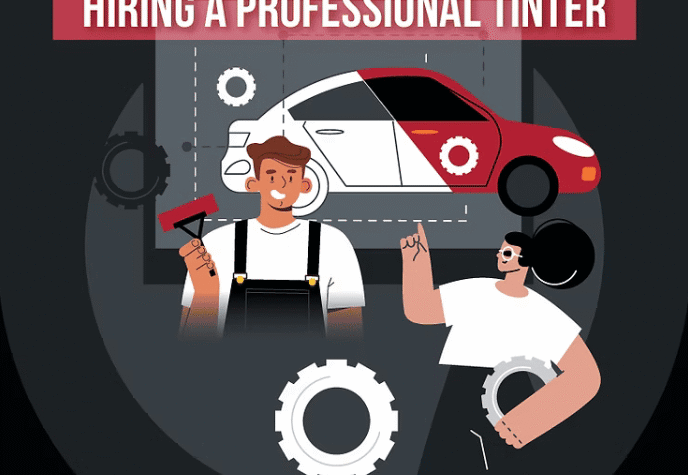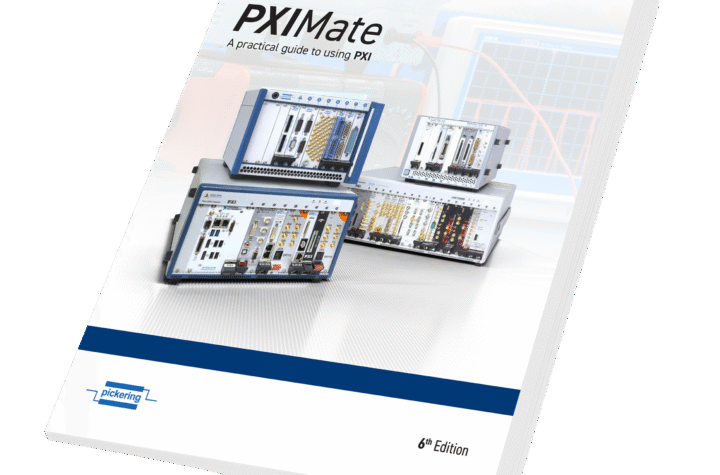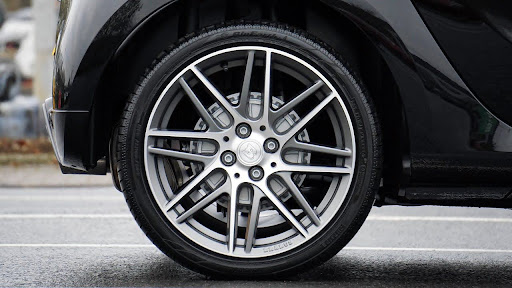
From zero to 11 per cent of the world market – that’s the story of South Africa’s catalytic converter industry, which is the biggest single exporter of automotive components from the country.
Dr Paulo Fernandes, head of the Automotive Industry Development Council (AIDC), says that the automotive component sector has grown to an expected R40 billion (US$6-billion) for 2005. “It is a feather in South Africa’s cap that we have achieved this kind of growth in one of the most sophisticated and technological advanced industries in the world,” he says.
Exports of catalytic converters in 2002 totalled R22.5-million (US$3.5-million), which is marginally higher than the other components that the country exports. The top five countries that they are exported to are Germany, France, Spain and the UK, as well as the USA.
Most of the CAT industries that are located in the Eastern Cape and Gauteng, two SA provinces, agree that the industry is competitive. So competitive, in fact, that they would only talk to Automotive Industries on condition of anonymity.
“The automotive sector has emerged as a success story,” states the South African Department of Trade and Industry (DTI). They do, however mention that the industry “is an example as to what can be achieved by the combined effort of key stakeholders”. The DTI, says the growth of the industry is due to South Africa’s Motor Industry Development Programme (MIDP). This is confirmed by the major players in the catalytic converter industry. One said the main reason for his company’s presence in South Africa is because of the MIDP. “The MIDP system makes the prices cheaper and creates a stronger local market. The basic reason for the converter industry is that there was a need for MIDP rebates to off set imports,” he says.
MIDP – a solution to advancing S.A.’s competitiveness
In April this 2005, South African Trade and Industry minister Mandisi Mpahlwa said that the automotive sector was the “leading manufacturing sector and the third largest sector in the South African economy”. In 2004, it contributed 6.4% to the country’s GDP, an improvement from 2003. “The DTI is committed to seeing the continuation of the MIDP,” the Minister stated. The SA government introduced the MIDP in 1995, to encourage SA competitiveness in the international automotive community. According to Clive Williams, the former executive director of NAAMSA, the reasoning behind this was to help SA get a foot in the automotive market. It was also to advance SA’s global position and to be on par with their foreign competitors, in spite of the country’s less advanced technology.
“Part of the success of the MIDP has been due to periodic reviews that have taken account of changing conditions domestically and globally,” says the DTI. SA automotive components are able to be sold at a competitive price because of the import tariff reductions, which are placed on completely built-up (CBU) or completely knocked-down (CKD) automotive components. The current tariff schedule on components is 30%. However in 2007, import duties on CKD will be 25% and in 2012, 20%. The autocats also receive an additional reduction for their usage of stainless steel.
As 99% of CATS in SA are produced for exporting purposes, they are no different to those manufactured overseas. “The converters are the same providing they are for the same model application,” explains one of the companies. The component is also standardised to overseas markets by applying technology from European or Japanese companies.
A world-class supply industry has been developed around the canners to provide components and support. Many of these suppliers have excess capacity and are looking for export opportunities.
Country committed to aiding CAT growth
Catalytic converter manufacturing is centred in the Indian Ocean city of Port Elizabeth in the Eastern Cape province. The coastal city is also favourably positioned near a harbour, which helps cut shipping costs. “We do the canning for the CATs in P.E. It is then necessary to ship them to Europe where they are integrated,” said a CAT company, whose parent company is in Europe. The result is high shipping costs. “As substrates are not locally produced from SA, we have to import them then send the product to Japan, which takes about six weeks,” says an industry leader.
“Supply-chain efficiencies are crucial to the competitiveness of the automotive industry, and the need to develop alternative export routes is high on the competitiveness-improvement agenda,” explained Hannelie Viljoen, the Automotive Industry Development Centre (AIDC) supply-chain development department project engineer. As a result, the AIDC is looking to other African ports to assist inland manufacturers transport automotive components, at a faster rate. It is partnering with the Walvis Bay Corridor Group and logistics group UTI, for a trial shipment of automotive components through Namibia’s Walvis Bay port. The Walvis Bay port is 1 800km away from automotive components manufacturers in Gauteng. A similar trial run will take place at the Maputo harbor in Mozambique.
Further proof of the important roleplayers commitment to this industry is the SA National Ports Authority (NPA) May announcement to spend R13.8b (US$2.1-billion) on developing port infrastructure. This will take place over the next five years.
PGM availability – does it really benefit the industry and lower costs?
According to an institution in SA, “a key factor in South Africa being so competitive as a source for automotive components is that the country is one of the world’s richest in raw materials”. Stainless steel and platinum, both important and necessary materials in the manufacturing of CATS, are two of SA’s richest resources. SA produces 60% of Precious Group Metals (PGMs) that include platinum, rhodium and palladium, which are all essential for CATS. But despite this, the industry says that it doesn’t make a difference to lowering costs.












More Stories
What You Need to Know About Tire Pressure in Winter vs Summer
Essential Features to Look for in ADAS Calibration Systems
Your Guide to Filing a Car Accident Claim